In a city known for its ghastly epidemics, massacres, wars, and witch hunts, it is no surprise that Boston, Massachusetts, is plagued with troubled specters. Out of the many haunted locations to explore in Beantown, Granary Burying Ground is among the most popular. With its eerie Victorian appeal and notable residents, this centuries-old cemetery is sure to produce some unexpected goosebumps.
The third-oldest cemetery in the city, Granary Burying Ground, was established in 1660 after the predating King’s Chapel Burying Ground reached full capacity. Once part of Boston Common, the oldest public park in America, South Burying Ground (as it was initially called) was occupied by free-range livestock.
Its borders were framed by public structures and houses, with burials taking place in a small plot near the back of the park. In 1737, several decades after inception, South Burying Ground was renamed Granary after the adjacent grain-storing building that stood where Park Street Church stands today. The park accepted new burials for over 200 years, with its last interment said to have taken place in 1880.
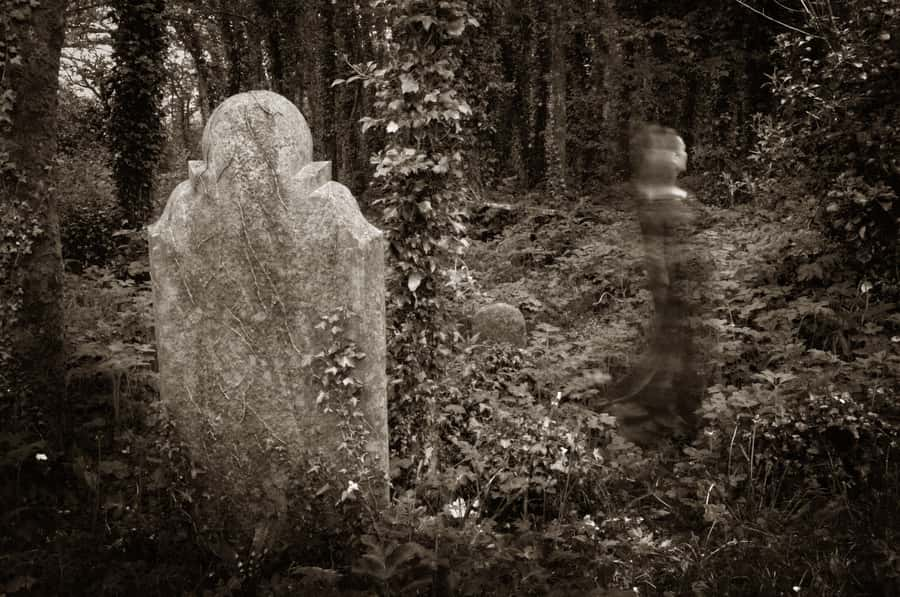
Like many of the existing gray and gloomy cemeteries at the time, Granary lived through the Victorian-era remodel. Faced with the stifling challenges of the 19th-century cemetery - think twisted grave-robbing, depraved prostitution, and gambling - Victorian folks felt the urgency to revitalize their burial grounds.
Add to that the fact that the space allotted to burials was - often enough - too small for a growing metropolis. Heavy rains would often unearth the shallow graves - sometimes only 2 to 3 feet in depth - causing decaying remains to float into a city’s water supply and sicken the population. Although it is unknown if this ever happened in Boston, the stories of it happening in New York City were enough to scare the drawers off of Victorian ladies.
To remedy the unsettling issue and highlight death as a natural, not-so-macabre part of existence, cemeteries began to be transformed, doubling as parks and gardens, and establishing a more pleasant relationship between the dead and the living.
What was once a field of graves grazed by cattle, was revamped into an aesthetically appealing park-like cemetery in 1830. The city planted trees and shrubbery to adorn every corner of the park. The headstones were neatly aligned, both to help clean-up the cemetery’s appearance and to allow for the grounds to be landscaped by lawnmower, a fresh and exciting innovation at the time. During this same period, Granary was enclosed with an Egyptian revival gate, designed by distinguished architect Isaiah Rogers (1800-1869).
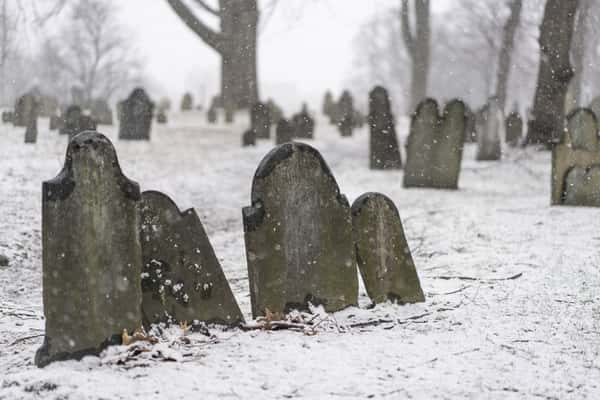
It is estimated that over 5,000 remains are buried in this cemetery, yet, today, less than half of the gravestones remain.
In recent years, a hidden crypt has been discovered in Granary. According to a February 12, 2009 issue of The Boston Globe, a woman touring the graveyard fell through the ground into what appeared to be a stairway leading to an underground tomb.
The large brick crypt (8-by-12-feet to be exact) is believed to have been built to store the remains of Boston mayor, Jonathan Armitage, who died in 1751. With this significant discovery, we can’t help but wonder, what other treasures lie hidden under Granary’s 300-year-old soil?
While visiting the cemetery, look for the large marble obelisk marking the burial site of Josiah and Abiah Franklin, Benjamin Franklin’s parents. A second obelisk, located further towards the back of the graveyard, marks the grave of revolutionary patriot John Hancock, whose signature we find on the Declaration of Independence.
In fact, 3 of the 56 Declaration of Independence signers rest peacefully within the grounds: John Hancock, Samuel Adams, and Robert Treat Paine. Aside from harboring three of the nation’s founding fathers, Granary contains the remains of several Revolutionary War patriots (such as Paul Revere) and honors, with an impressive grave marker, the 1770 Boston Massacre victims.

Boston’s peculiar tombstones distinguish themselves from others in America due to the city’s strict Puritan foundations. Puritans scoffed at the association between humanity and sacred beings such as God or angels, therefore prohibiting the depiction of these spiritual entities on headstones. With this restriction in place, stone carvers got creative, adorning gravestones with death-inspired imagery.
Headstones soon became an outlet for creative expression, allowing artists to represent their thoughts on death and the afterlife freely. Non-religious symbols such as skulls, skeletons, The Grim Reaper, and Father Time were some of the early 17th-century imagery carved on gravestones. This iconography changed through the centuries, with designs reflecting their corresponding period.
When strolling through Granary, keep an eye out for two carvings: the “death’s head,” a skull paired with wings or crossbones, and the “soul effigy,” a winged cherub. Both motifs were popular during the 17th and 18th centuries and were meant to represent the soul’s ascension to heaven.
To accompany the death imagery, artists included dread-toned epitaphs to provoke acknowledgment of the fleeting nature of life. Contemplating the many gravestones standing at Granary today gives us a visual insight into Boston’s past, while allowing us to tap into ancestral views on immortality.
As a center of paranormal activity in Boston, Granary delivers spine-chilling encounters to many of its visitors. A second look at pictures snapped at night, often reveals glowing orbs bobbing about and bright auras. There is no telling what kind of dark energies lurk in this cemetery’s shadows, but there is one ghost that seems to always be present: James Otis Jr.
After prominent Boston lawyer, James Otis Jr. got a bottle broken over his head during a bar fight, his brain functions became extremely impaired, which, in turn, affected his mental health. Legend has it, he wrote a letter to God amid his crippling depression, begging to be struck by lightning and killed.
As if by fate, Otis was soon struck by lightning while at home, and he died instantly. His remains were interred in Granary Burying Ground, where he appears to visitors both by day and by night, dressed in his Colonial-era threads.
Just below the damp, bright green grass lie long-decomposed remains of those who lived through some of the most gruesome times in the Massachusetts Bay Colony. Visit Granary to witness first-hand how a still graveyard comes alive at night. Try not to be alarmed when you are suddenly overtaken by foreboding feelings and avoid looking over your shoulder when the sensation of being watched strikes.
The Granary Burying Ground is managed by the Historic Burying Grounds Initiative within Boston’s Parks and Recreation Department.
The burial ground is open to the public from 9:00 a.m. to 5:00 p.m. free of charge.
95 Tremont Street
Boston, MA 02108
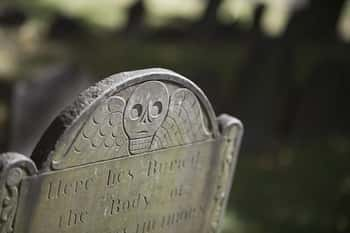
Learn more about Boston's most haunted Cemetery
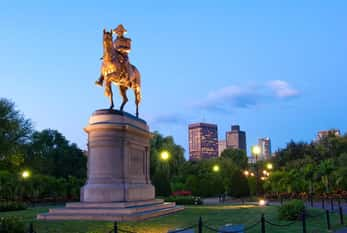
Boston Common is Boston's haunted hotspot
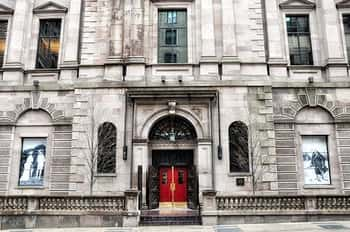
Boston's haunted Library, haunted by Literary Giants